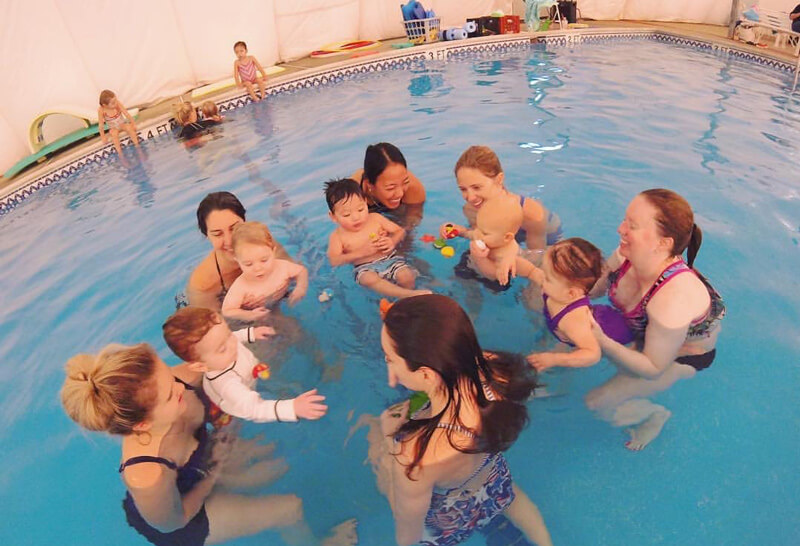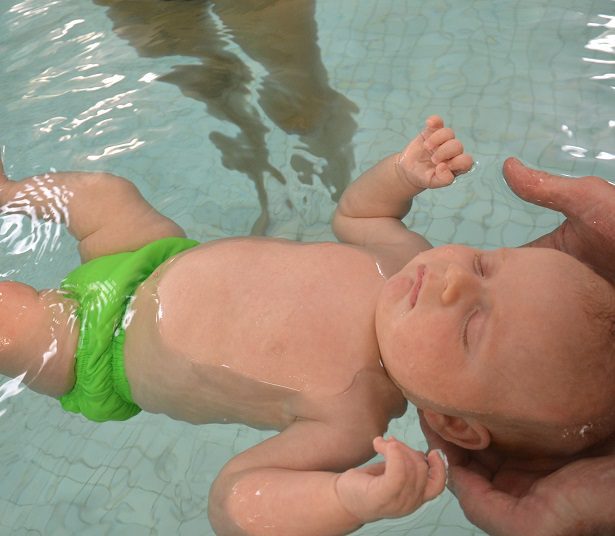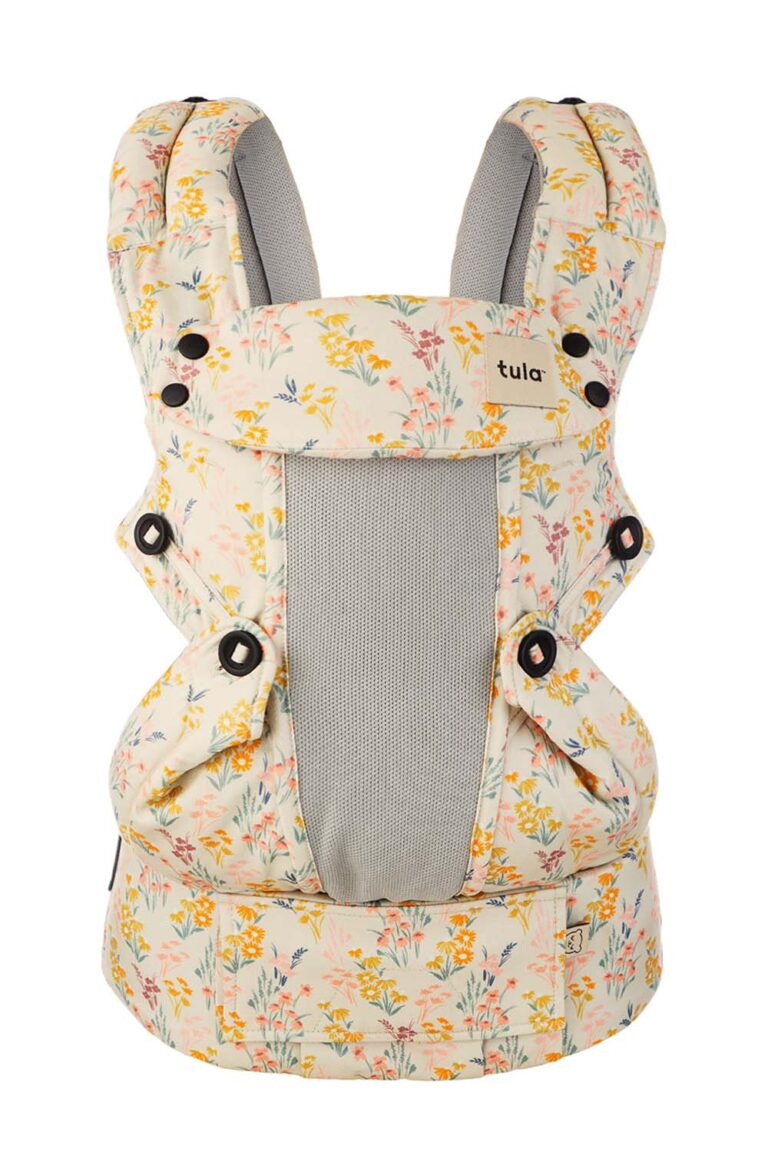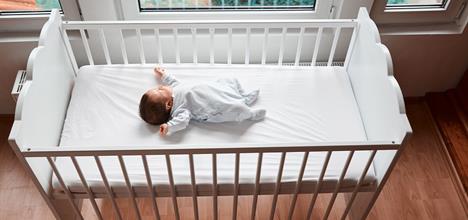How to Dress Baby for Swimming Lessons: Essential Tips and Tricks
To dress a baby for swimming lessons, use swimming nappies, a swimsuit, floating toys, a hooded towel, wet wipes, a change of clothes, and snacks. Getting your baby ready for swimming lessons is an exciting and fun experience.
As a parent, it’s important to ensure that your baby is comfortable and safe during these lessons. Dressing your baby appropriately for swimming lessons involves using swimming nappies to keep them clean and happy in the water. A swimsuit is also essential for your baby to move freely and comfortably in the pool.
Floating toys can add to the fun and enjoyment of the experience. After the lesson, a hooded towel is perfect for wrapping your baby up and keeping them warm. Wet wipes are handy for cleaning up, and don’t forget to pack a change of clothes and some snacks. By following these tips, you can ensure a pleasant and enjoyable swimming lesson for your baby.
Before Swimming Lessons: Gathering The Essentials
Before swimming lessons, it’s important to gather the essentials to dress your baby appropriately. This includes swimming nappies, swimming costume, floating toys, hooded towel, wet wipes, change of clothes, and snacks for yourself.
Swimming Nappies And A Suitable Swimsuit Or Wetsuit
When it comes to dressing your baby for swimming lessons, one of the first things to consider is a suitable swimsuit or wetsuit. Regular clothes are not suitable for swimming as they can become heavy and uncomfortable when wet. Instead, opt for swimwear specifically designed for babies. This could include a swimsuit, trunks, or a wetsuit depending on the temperature of the water. Additionally, don’t forget to pack swimming nappies to keep your baby clean and prevent any accidents in the water.
Floating Toys For Added Fun
To make swimming lessons enjoyable for your little one, consider bringing along some floating toys. These toys can help to keep your baby entertained and engaged in the water. Choose toys that are safe for your baby’s age and size, and ensure they are made of non-toxic materials to prioritize their safety. Floating toys can also help to build confidence in the water and make the swimming experience more enjoyable for your baby.
Hooded Towel For Post-swim Comfort
After your baby’s swimming lesson, it’s important to keep them warm and comfortable. A hooded towel is a must-have essential for post-swim comfort. The hood can help to dry your baby’s hair and keep their head warm, while the towel itself can wrap them up snugly and provide a cozy feeling. Look for a towel made of absorbent and soft material to ensure maximum comfort for your baby.
Wet Wipes And Cream For Easy Cleanup
Swimming lessons can sometimes get messy, especially when it comes to diaper changes. To make cleanup a breeze, be sure to pack wet wipes and cream in your swim bag. Wet wipes can help to quickly and easily clean your baby’s skin, while cream can provide protection and soothing relief for any potential diaper rash. Opt for wipes and cream that are specifically designed for babies to ensure gentle care for their delicate skin.
A Change Of Clothes For After The Swim
Once the swimming lesson is over, it’s essential to have a change of clothes for your baby. Wet clothes can cause discomfort and even lead to chills. Pack a fresh set of clothes, including a clean diaper, for your baby to change into after the swim. Choose comfortable and breathable clothing that is easy to put on and take off, ensuring your baby stays cozy and dry on the way home.
Snacks For Both Baby And Caregiver
Swimming lessons can be a tiring activity for babies, so it’s important to have some snacks on hand to keep them energized. Pack some healthy and easy-to-eat snacks that your baby enjoys. Additionally, don’t forget to bring snacks for yourself as well, to keep your energy levels up during the lesson. Staying nourished and hydrated will ensure a positive and enjoyable experience for both you and your baby.
Choosing The Right Swimwear
When it comes to baby swimming lessons, choosing the right swimwear is essential. Be sure to pack swim nappies, a swimming costume, floating toys, a hooded towel, wet wipes, a change of clothes, and snacks for a successful and enjoyable experience.
When it comes to dressing your baby for swimming lessons, choosing the right swimwear is essential. Not only does it ensure your baby’s comfort in the water, but it also provides protection from the sun, rashes, and allows for easy movement. Here are some swimwear options that you can consider:
Long Sleeve Swimsuits For Added Sun Protection
Long sleeve swimsuits offer an excellent way to protect your baby’s sensitive skin from the harmful rays of the sun. These swimsuits are designed to cover your baby’s arms and torso, providing full coverage and minimizing sunburn risk. Look for swimsuits made from UPF (Ultraviolet Protection Factor) fabric for maximum sun protection.
Hats To Shield Baby’s Delicate Skin From The Sun
Adding a hat to your baby’s swimwear ensemble is a great way to shield their delicate scalp, face, and neck from the sun. Opt for hats with wide brims or neck flaps for better coverage. Ensure the hat is made from lightweight and breathable fabric to keep your baby comfortable during swimming lessons.
Rashie Sets For Extra Sun And Rash Protection
Rashie sets, consisting of a long-sleeved rash top and swim shorts, are perfect for providing extra sun and rash protection. These sets are made from quick-drying and stretchy material that allows for easy movement in the water. Look for sets with UPF fabric and flatlock seams to prevent irritation and chafing.
Boardshorts For Comfortable And Easy Movement
Boardshorts are a popular choice for baby swimwear due to their comfortable fit and easy movement. These shorts are typically made from quick-drying and lightweight fabrics, allowing your baby to move freely in the water. Choose boardshorts with an adjustable waistband for a secure fit.
Ensuring A Proper Fit For Comfort And Ease Of Movement
When choosing swimwear for your baby, it’s essential to ensure a proper fit. Swimwear that is too tight can restrict movement, while loose-fitting swimwear may cause discomfort. Take accurate measurements of your baby’s size and refer to the manufacturer’s size chart for guidance. Additionally, consider the adjustability of swimwear, such as straps and waistbands, to accommodate your baby’s growth.
To summarize, choosing the right swimwear for your baby’s swimming lessons is crucial for their comfort, sun protection, and ease of movement. Whether it’s long sleeve swimsuits, hats, rashie sets, or boardshorts, prioritize swimwear that offers both functionality and style. With the right swimwear, your baby can enjoy their swimming lessons confidently, and you can have peace of mind knowing their delicate skin is protected.
Indoor Vs. Outdoor Pools: Considerations
When dressing your baby for swimming lessons, consider the type of pool you’ll be using. For indoor pools, choose lightweight swimwear and hats for sun protection. For outdoor pools, opt for rashie sets and towels to keep your baby warm.
Factors To Consider When Choosing Between Indoor And Outdoor Pools For Baby Swimming Lessons:
When it comes to baby swimming lessons, one important decision parents must make is whether to choose an indoor or outdoor pool. Both options have their own advantages and considerations that parents should keep in mind. To help you make the best choice for your little one, here are some factors to consider:
Temperature Control And Water Safety Measures In Indoor Pools:
Indoor pools provide the benefit of controlled temperature, which ensures a comfortable swimming environment for your baby. These pools are often heated to a suitable temperature, allowing your baby to enjoy their swimming lessons without feeling too cold or too hot. Additionally, indoor pools tend to have stringent water safety measures in place, such as lifeguards and regular inspections, giving parents peace of mind while their little ones are in the water.
Exposure To Natural Elements And Sun Protection In Outdoor Pools:
On the other hand, outdoor pools offer a unique experience for baby swimming lessons. They allow babies to be more exposed to natural elements like fresh air and sunlight, which can contribute to overall well-being. However, it’s important to consider sun protection in outdoor pools. Make sure to dress your baby in a swimsuit with sun protection features, such as UV-blocking fabric, and don’t forget to apply sunscreen to exposed skin. Remember, even in the water, babies can still be at risk of sunburn.
Determining The Best Option Based On Your Baby’s Needs And Preferences:
To determine the best option between indoor and outdoor pools for your baby’s swimming lessons, consider your baby’s specific needs and preferences. Some babies may prefer the controlled environment of indoor pools, while others may thrive in the natural surroundings of outdoor pools. Additionally, take into account your baby’s sensitivity to temperature and sun exposure. Consulting with the swimming lesson provider and other experienced parents can also provide valuable insights to help you make an informed decision.
In conclusion, when choosing between indoor and outdoor pools for baby swimming lessons, it’s crucial to weigh the factors that affect your baby’s comfort, safety, and enjoyment. Whether you opt for an indoor pool with controlled temperature or an outdoor pool with exposure to natural elements, prioritize your baby’s needs and preferences to ensure a positive and beneficial swimming experience.
Tips For Taking Baby Swimming
Taking your baby swimming can be a wonderful bonding experience and a great way to introduce them to the water. However, it’s important to ensure that your baby is dressed appropriately for their swimming lessons to ensure their safety and comfort. Here are some helpful tips to consider when taking your baby swimming.
Preparing And Packing The Necessary Essentials Before Heading To The Pool
Before heading to the pool, it’s essential to pack all the necessary items to make your baby’s swimming experience enjoyable. Here’s a checklist of the essentials:
- Swimming nappies: Regular nappies are not suitable for swimming, so make sure to pack swimming nappies to keep your baby clean and comfortable.
- Swimming costume: Choose a comfortable and secure-fitting swimming costume for your baby. Opt for ones that provide sun protection and are easy to put on and take off.
- Floating toys: Floating toys can be a great source of entertainment for your baby while in the water. Make sure to pack a few to keep them engaged.
- Hooded towel: After the swimming session, a hooded towel will help keep your baby warm and dry quickly. Look for towels that are soft and absorbent.
- Change of clothes: Pack a change of clothes for your baby, including an extra set of diaper and clothing, in case they need to be changed after the swimming session.
- Snacks: If your baby is old enough for solids, consider packing some healthy snacks to keep them nourished and energized.
Ensuring A Safe And Comfortable Environment For Baby In The Water
When it comes to your baby’s safety, it’s crucial to create a safe and comfortable environment in the water. Here are a few things to keep in mind:
- Ensure the water temperature is suitable for your baby. It should be warm, around 32-34 degrees Celsius.
- Select a swimming pool that is well-maintained, clean, and has proper safety measures in place.
- Use flotation devices approved for infants to provide extra support and ensure your baby’s safety in the water.
Introducing Baby To The Water Gradually And Encouraging Exploration
When introducing your baby to the water, it’s important to do so gradually and encourage them to explore at their own pace. Here are some gentle techniques to promote water confidence:
- Start with small steps, such as dipping your baby’s toes in the water or letting them sit on the poolside and splash their hands.
- Gradually progress to holding your baby in the water, supporting their body while they float or paddle their legs.
- Explain everything you’re doing and provide reassuring words and smiles to make your baby feel safe and secure.
Using Gentle And Reassuring Techniques To Promote Water Confidence
Building water confidence in your baby is essential for their future swimming skills. Here are some gentle and reassuring techniques to help foster that confidence:
- Maintain eye contact and speak gently to your baby during the swimming session, assuring them of your presence and support.
- Sing songs or play games that involve water to make the experience enjoyable and build positive associations with swimming.
- Gradually increase the time spent in the water, allowing your baby to become more comfortable and confident with each session.
By following these tips, you can make your baby’s swimming lessons a fun and enjoyable experience. Remember to always stay engaged and present during the entire swimming session, ensuring your baby’s safety and well-being. Happy swimming!

Credit: njswim.com
Frequently Asked Questions For How To Dress Baby For Swimming Lessons
What Should A Baby Wear For Swimming Lessons?
For swimming lessons, babies should wear swimming nappies, a swimming costume, and floating toys are optional. It’s also important to pack a hooded towel, wet wipes, a change of clothes, and snacks. Remember to pack for yourself too!
What Do Babies Have To Wear For Swimming?
Babies need to wear swim nappies and a suitable swimsuit or wetsuit for swimming. Regular nappies are not suitable. It’s also a good idea to pack a hooded towel, wet wipes, and a change of clothes for after swimming. Make sure to bring swimming gear for yourself too.
What Is The Best Age For Baby Swimming Lessons?
The best age for baby swimming lessons is typically around 6 months old.
How Do I Prepare My Baby For The First Swim?
To prepare your baby for the first swim, follow these steps: 1. Pack swim nappies, a swimsuit, floating toys, a hooded towel, wet wipes, a change of clothes, and snacks. 2. Use a changing mat and nappy bag. 3. Bring your baby’s bath toys for a fun environment and a clean swimming diaper.
4. Pack a soft towel with a hood. 5. If bottle-feeding, bring a warm bottle for after swimming.
Conclusion
To dress your baby for swimming lessons, make sure to pack swimming nappies, a suitable swimsuit or wetsuit, floating toys, a hooded towel, wet wipes and cream, a change of clothes, and snacks. Swim nappies are essential to keep your baby comfortable and adhere to pool regulations.
Don’t forget to bring items for yourself as well. Start swim lessons at an appropriate age and prepare your baby with a relaxing and fun environment. Remember, comfort and safety are key for an enjoyable swimming experience for your little one.







